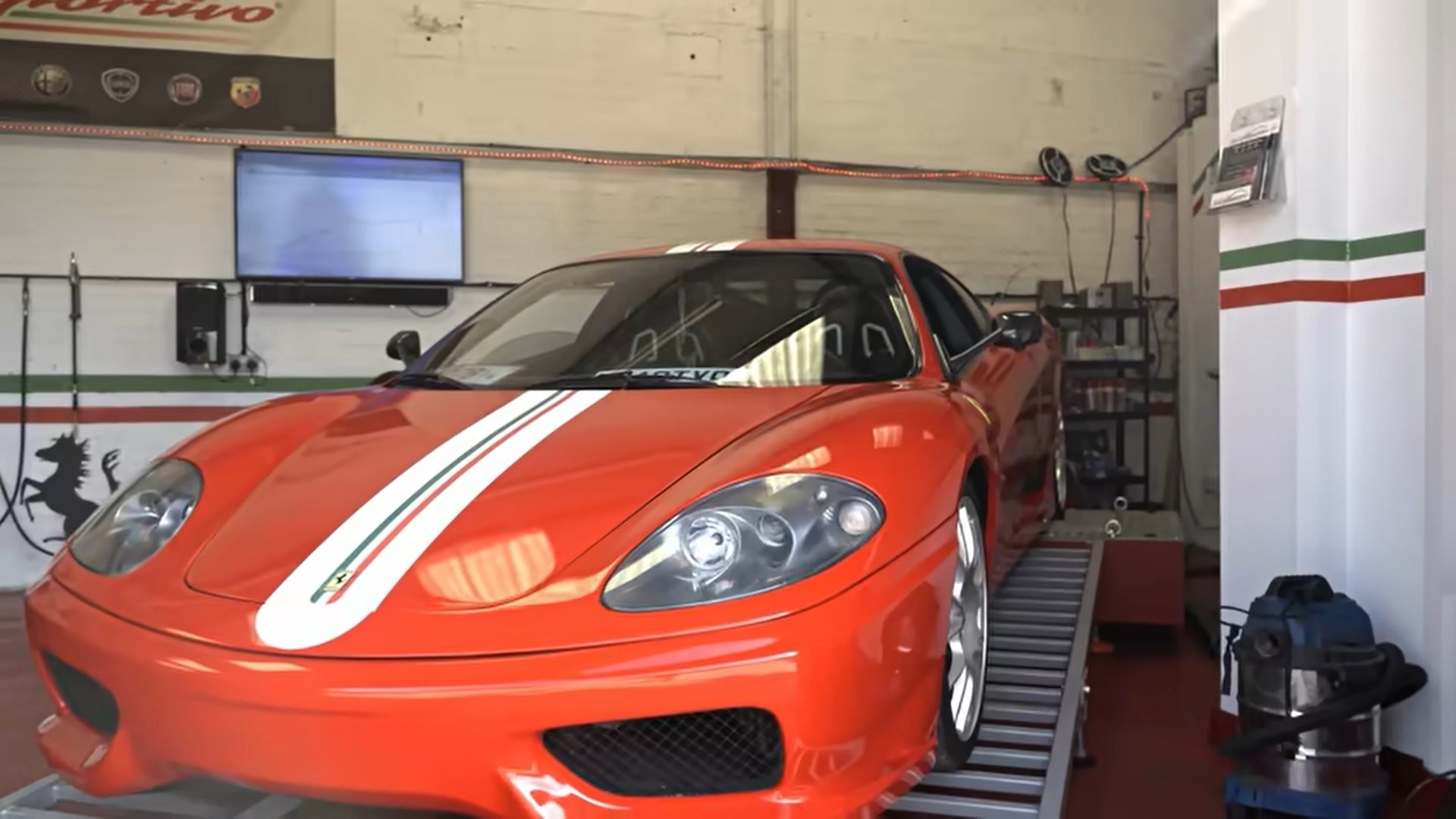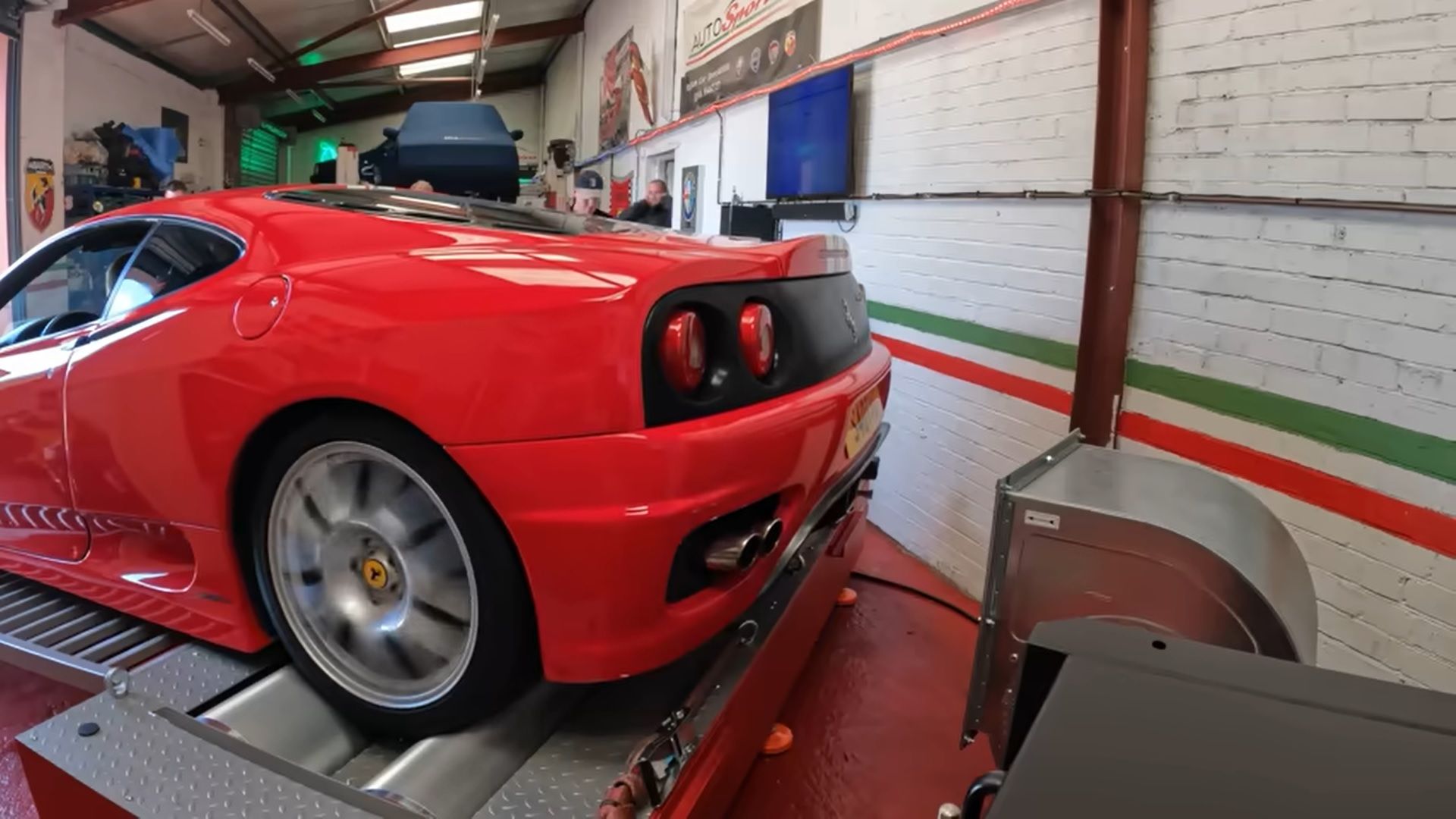In general, Italian cars are not known for reliability. While we won’t be getting into the argument of how true that is, we have to give credit where it’s due. Ferrari is, more often than not, associated with a level of engineering matched by few, and the brand’s flat-plane V-8 engines are second only to its sublime V-12 mills. That said, YouTube channel Auto Sportivo Bedford, together with former Car Throttle host, Alex Kerston (Autoalex Cars), finds out how well a Ferrari 360 Challenge Stradale holds up after 20 years, and by that, we mean how many of its “prancing horses” are still there.
As you may know, the Ferrari 360 Challenge Stradale is the lightweight, more track-focused version of the standard Ferrari 360 Modena. The Challenge Stradale is 242 pounds (110 kg) lighter than the standard car, and its 3.6-liter, naturally-aspirated V-8 has been massaged for more power. This results in 425 horsepower (313 kilowatts) at 8,500 RPM and 275 pound-feet (373 Nm) at 4,250 RPM instead of the standard car’s 400 horsepower (294 kilowatts) at 8,000 RPM and identical torque, but at 4,750 RPM. The 360 CS is also capable of 0 to 60 mph (97 km/h) in 3.9 seconds, a quarter-mile in 12.2 seconds, and a top speed of 186 mph (300 km/h). But those are new-car numbers and we are here to find out how the Italian stallion fares after 20 years.
It is worth noting that the Ferrari 360 Modena is the first of the mid-engine V-8 Ferrari models to be offered in a lighter, more powerful, and more track-oriented version. It paved the way for other track-focused variants like the 430 Scuderia, 458 Speciale, 488 Pista, etc. But even more importantly, it’s the last of the track-focused, mid-engine models to offer a six-speed manual. The 430 Scuderia only came with the F1 Graziano transmission and it wasn’t until the 458, we got a proper DCT unit.
The drivetrain loss for a rear-wheel-drive vehicle is between 12 and 15 percent. With 425 crankshaft horsepower on tap (when new), the 360 CS engine should be good for around 361 rear-wheel horsepower. Of course, this does not account for other variables such as altitude and humidity. This, however, also doesn’t account for the fact that the mid-engine Ferrari doesn’t require a long driveshaft. Getting the dyno results was tricky, due to the Italian electronics refusing to cooperate, but at the end of the day, we got a number, and as you will see in the video, it was quite a surprise.



